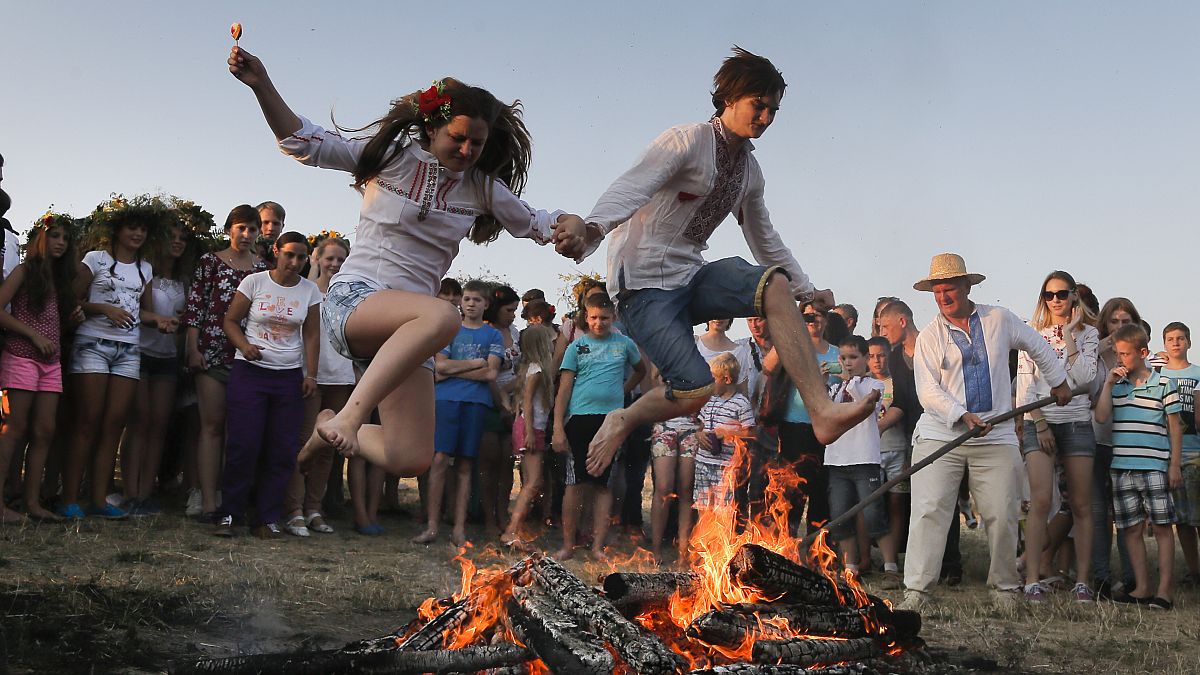Midsummer's Eve is celebrated in many ways in Spain. But did you know that it is a celebration that dates back to ancient, pagan traditions? In Spain, and is full of . However, the celebration goes far beyond our borders with celebrations in many European countries, on the other side of the Atlantic and even in Asia.
But of this celebration that coincides in traditions in various parts of the world? Many attribute what is also known as St. John's Eve to an event spread by because it is celebrated on the eve of St. John the Baptist's Day, on 24th June.

However, its origins go much further back in time. Midsummer Night combines pagan and Christian traditions, so we should speak of a mixed tradition that comes from , either from a or from , as the summer solstice falls around this time, being the longest day and the shortest night of the year, which is normally June 21st (or December 21st in the Southern hemisphere.) Before Christianity arrived, many cultures celebrated the as a magical time.
It was believed that on this date the . This gave birth to the Litha celebration, which is celebrated on this date. It was believed that on this date, the powers of nature were at their peak.
Bonfires were lit to . With the arrival of Christianity, the Church adapted these pagan festivities. Midsummer Night was linked to the birth of John the Baptist, who according to the Bible .
The date of his birth is celebrated on 24 June. The bonfires and rituals remained, but were now associated with .
















